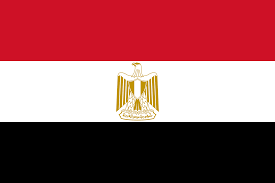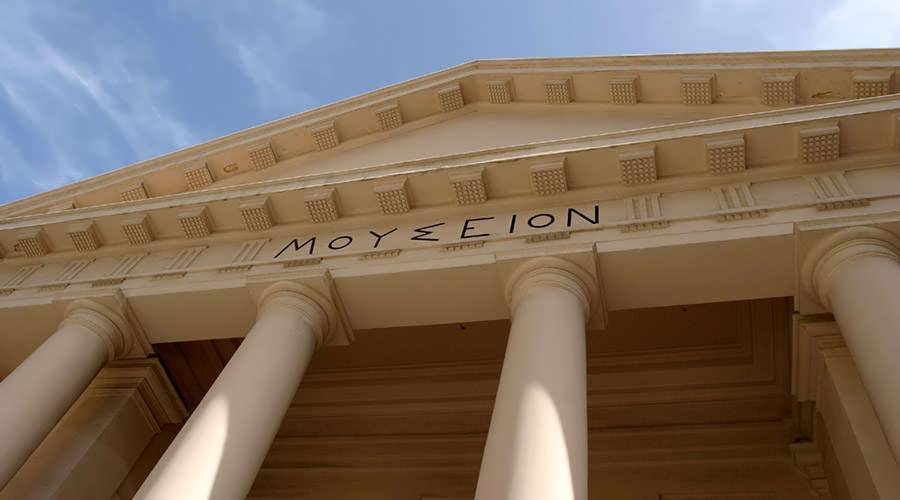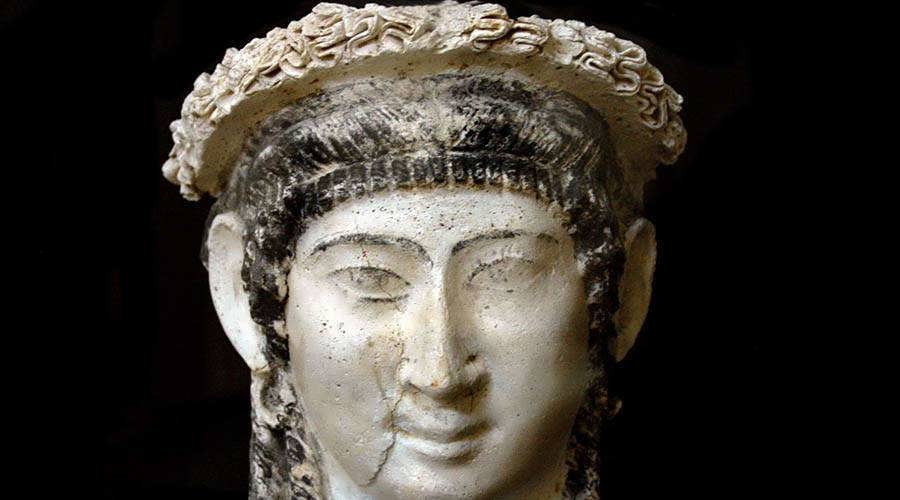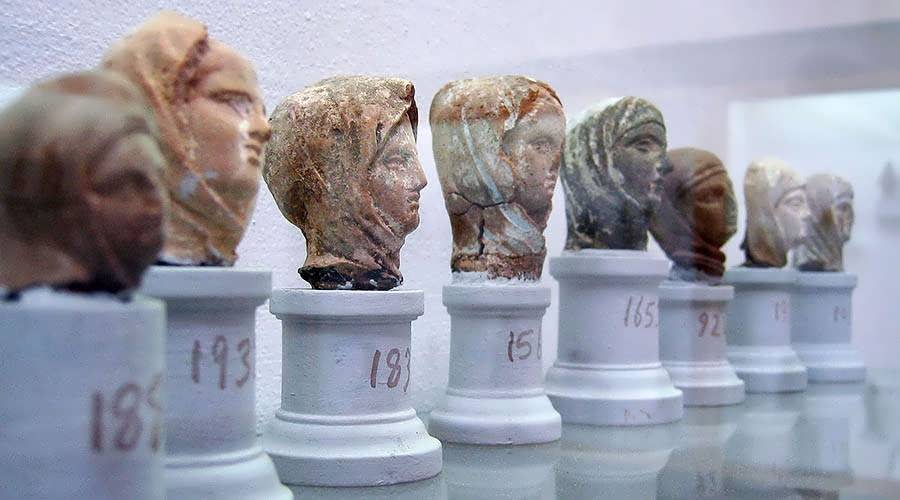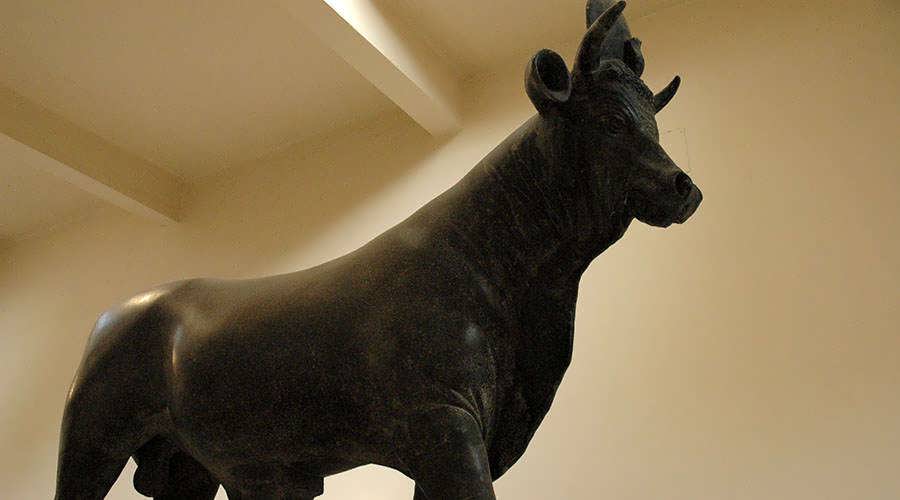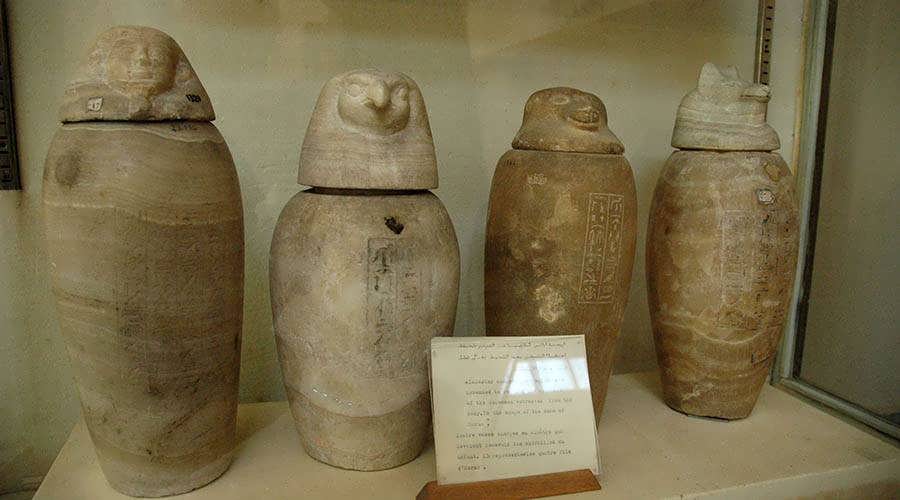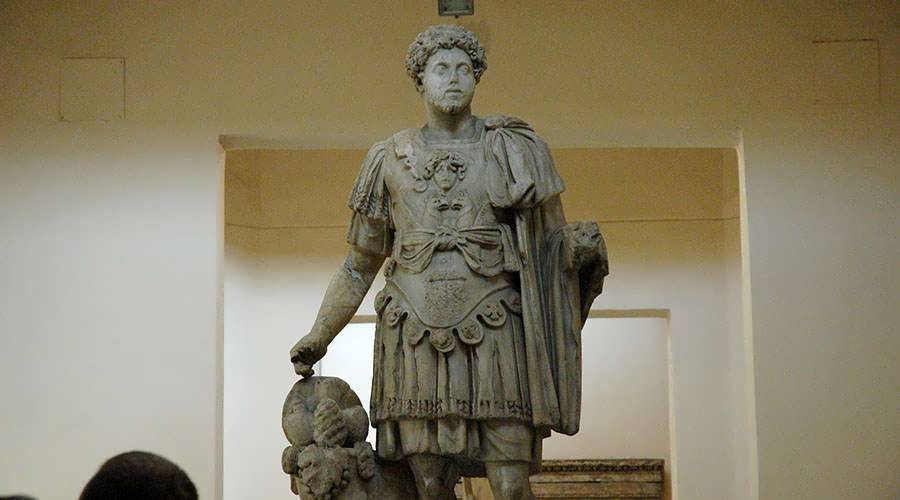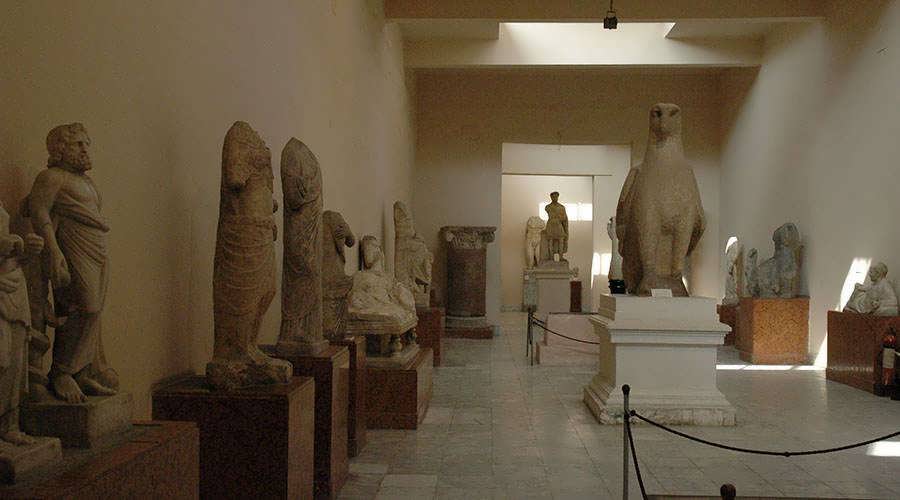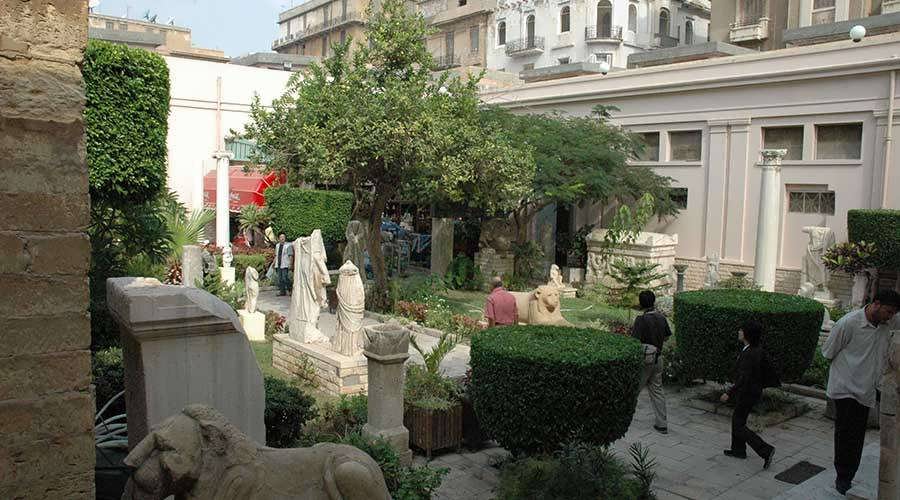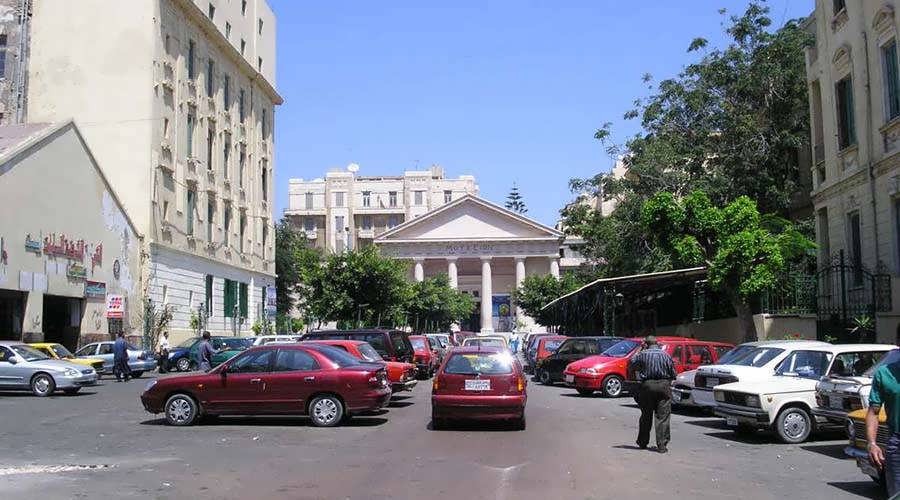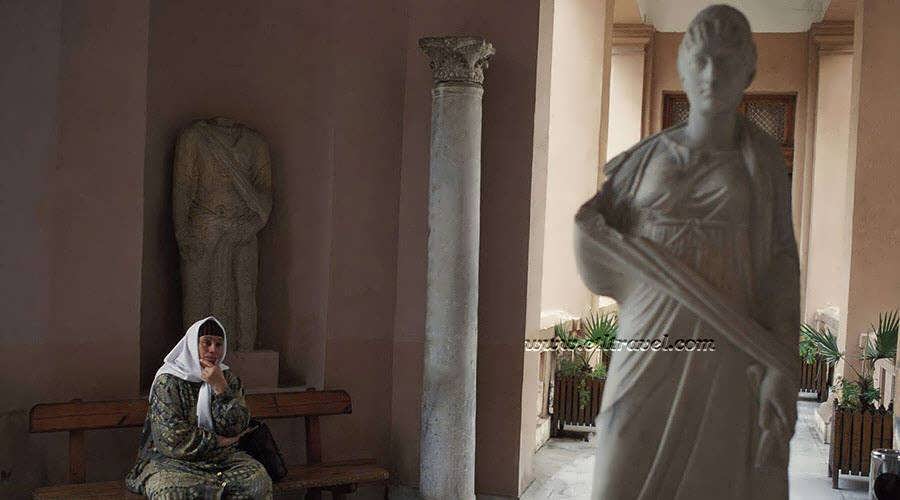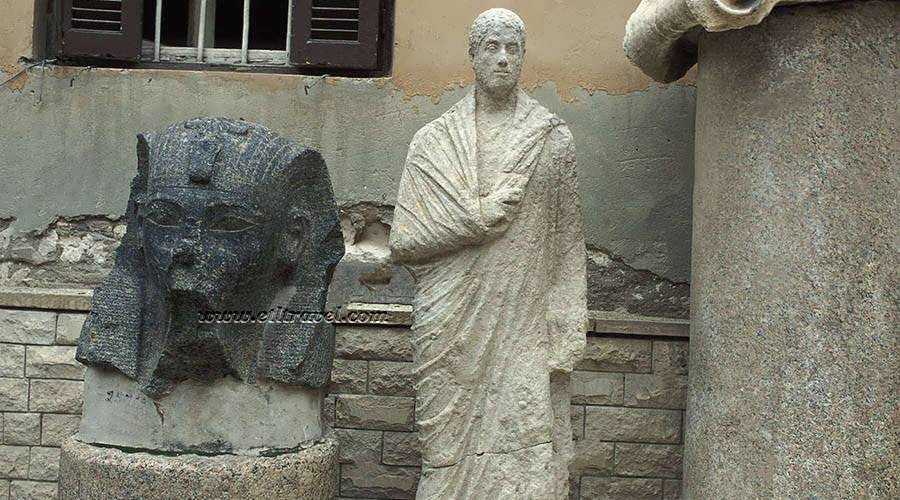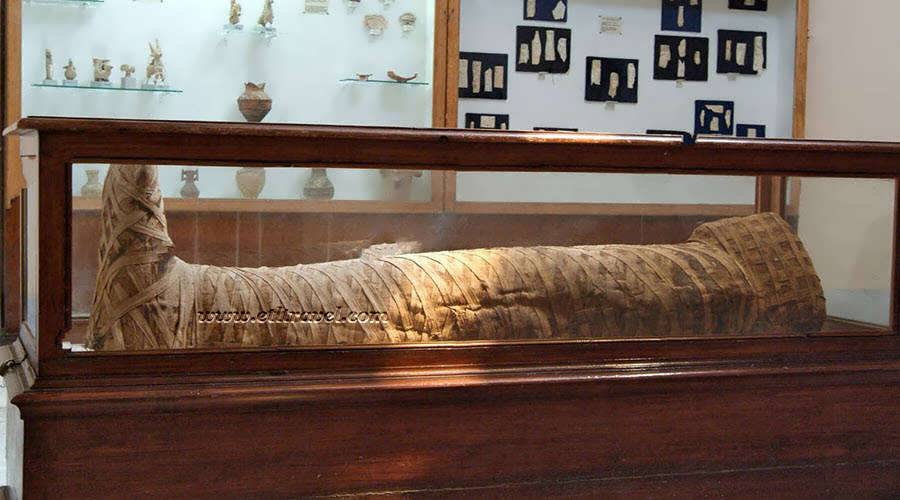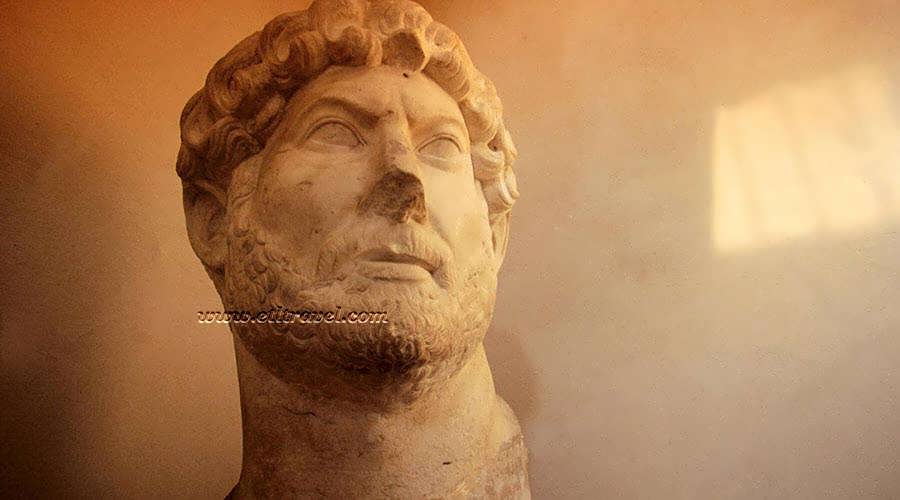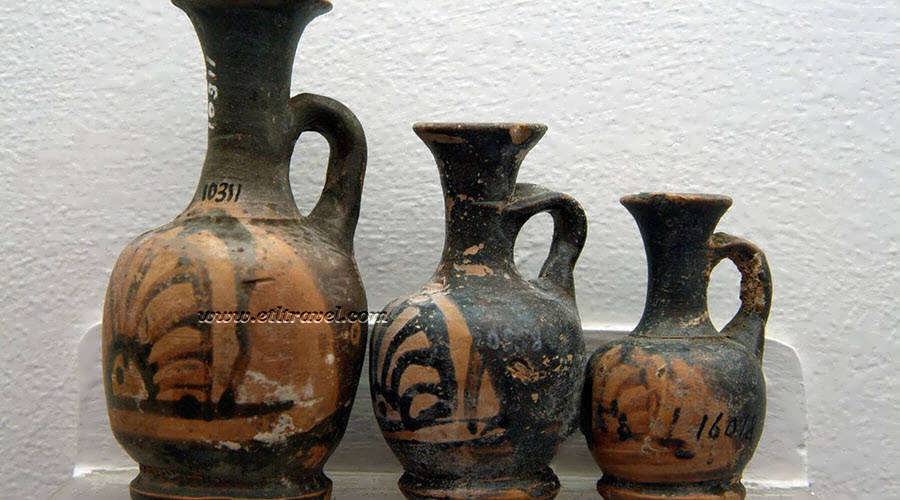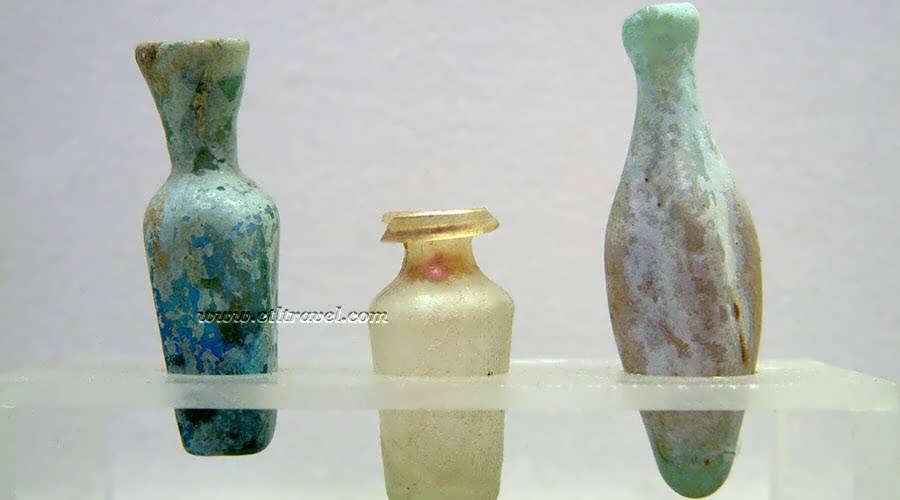Graeco Roman Museum
built in 1892 as a small building located on Horreya Road. In fact, in 1895 it transferred to the present site near Gamal Abdul Nasser Road. Moreover, it started with eleven galleries and enlarged in later renovation stages. The 25th gallery inaugurated in 1984. In fact .Graeco Roman Museum Alexandria contains indeed a big variety of coins from different countries. They arranged and date back from 630 BC to the Ottoman period in the 19th century. There is a collection which covers the period from the 3rd BC to 7th AC centuries. It indeed is a fascinating record of Civilization . Graeco Roman Museum Alexandria contains hundreds of precious antiques. The most valuable ones or the best areas in the museum are as follows : Graeco Roman Museum Alexandria Room 1: In this room, we can see the beautiful alabaster Good Shepherd. Its large eyes and flat, regular of the robe is a development from the Coptic style. Moreover, part of the hall displays artifacts from the Monastery of St. Menas, west of Alexandria . Graeco Roman Museum Alexandria Room 2 also contains many architectural elements from early Christian buildings. Moreover, it also has the central basket capital is a typical Coptic art . Further details about Graeco Roman Museum Alexandria : Graeco Roman Museum Alexandria Room 3 has magnificent collection of metal, silver and gold. The silver torso of Aphrodite dates from the 2nd century. Moreover, there is a varied collection of ancient jewelry with different magnificent colors . Graeco Roman Museum Alexandria Room 4 devoted to Coptic textiles. They are from some of the finest weavers in the Christian world . Graeco Roman Museum Alexandria Room 5 is an amazing ancient model of a water cooling system . Graeco Roman Museum Alexandria Room 6: In Room 6 we can find The Apis Bull. In fact, it found to the west of Pompey’s Pillar.
In fact,
the statue set up in the reign of Hadrian (AD 117-138). Moreover, this
bull represents the most successful imposition of Greek realism upon an
Egyptian image. Furthermore, the Serapis Head sculptured with fine white
marble. It found near the Pompey’s Pillar. It was one of the Ptolemies’
gods. This god was a blend of Osiris and Apis. A visitor can see fine
mosaics an Alexandrine specialty. It also includes one of a ship
sailing, done with colored pebbles set in cement. This is the earliest
type of mosaic made . More details about Graeco Roman Museum Alexandria : Graeco
Roman Museum Alexandria Room 7 has two headless sphinxes, carved
under Amenhemhet IV. They are spectacular. The two headless black
basalt statues of Isis in the niches show us a clear example of
Isis Knot . Graeco Roman Museum Alexandria Room 8: This room
devoted to mummies and sarcophagi. The visitor can see the difference
between the gilded and painted cartonnage of the pharaonic mummies.
Moreover, he can also see the ornate diamond bandage of the Ptolemaic
Ones . Graeco Roman Museum Alexandria Room 9 dedicated to
show pieces of a shrine in the Fayoum. They dedicated to the
Crocodile-god, Pnepheros . Graeco Roman Museum Alexandria
Room 11 contains some of the most interesting statues. They are in
which Egyptian scenes and techniques portrayed with Greek influences.
Moreover, we can see image of divine serpents ” The Agathadaimon Stelae”
and their worshipers. Moreover, limestone fragments from a temple at
Athribis (Benha) are along the north wall of the room. The god Tutu
faces Horus and Athribis with a broken inscription of Greek between
them . Further details about Graeco Roman Museum Alexandria : Graeco
Roman Museum Alexandria Room 12 contains statues of Graeco-Roman
period. A colossal red granite head of Ptolemy IV found at Abuqir,
wearing the double crown of Egypt .
Moreover, the mosaic of Medusa, once a pavement, originally showed
Medusa’s entire body .The most spectacular piece is the colossal
white marble statue of Marcus Aurelius.
It discovered under the Sayed Darwish Theater. Furthermore, in the same room, we can see a marble statue of Isis. It is as a goddess of the Nile reclining against a sphinx. Her left hand holds a vessel for the Holy Water . Graeco Roman Museum Alexandria Room 14 filled with portrait heads of famous Romans. They are Hadrian, Vespasian, and Augustus . Graeco Roman Museum Alexandria Room 16: Contains some of the finest Hellenistic statuary available. The torso of Aphrodite is magnificent . At the end of the hall are a couple of male torsos and female. Moreover, there are also a seated male which belongs to a group of statues. In fact, they carved for a pediment for a palace near the eastern Harbor . More details about Graeco Roman Museum Alexandria : Graeco Roman Museum Alexandria Room 17: Contains some of the best Sarcophagi found. The most unique one shows Ariadne asleep on the island of Naxos. The god of sleep (Hypnos) stands by her head, and behind him lies the boat that brought her from Crete. Her husband, Dionysisu, stands in front of her with his retinue. The rest of the facade shows a drunken Hercules helps homeward . Graeco Roman Museum Alexandria Room 18: The funerary amphora from Chatby. It dates back to the end of the fourth century BC. Moreover, it still has its artificial wreath of green leaves and golden berries around its neck. Another display is a unique collection of clay Tanagra. Tanagra is an ancient city in the northern part of Greece) figures. This collection spans the 3rd century BC to the 1st century AD. It provides information about women’s fashions, hairstyles, hats and dresses in the ancient world .Further details about Graeco Roman Museum Alexandria : Graeco Roman Museum Alexandria Room 21 contains plenty of pottery and some statues. The statue that stands out in this hall is a Hercules statue. Moreover, it has a club in his left hand. His lion-skin coat is in his right . Graeco Roman Museum Alexandria Room 22: This hall dedicated to colored glassware. Early in Egypt’s history, the people learned how to make glass. It is indeed a chance to see the early discovery of the fusion of soda and sand. Moreover, at the end of the hall is a beautiful bronze head of Hadrian (76-138 AD ) . The Sculpture Garden of the museum is full of spectacular statues and artifacts.
